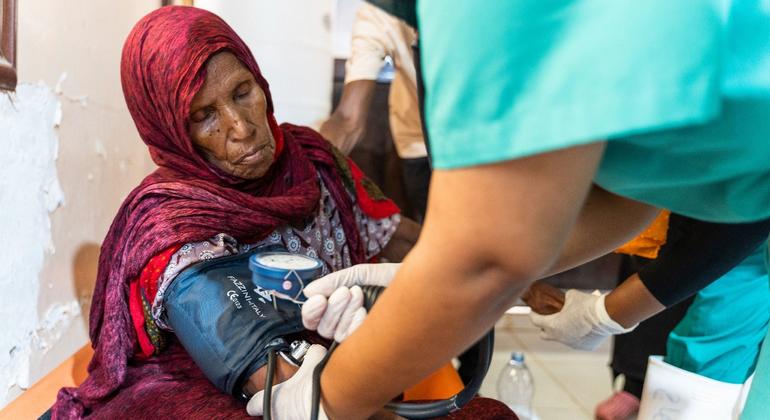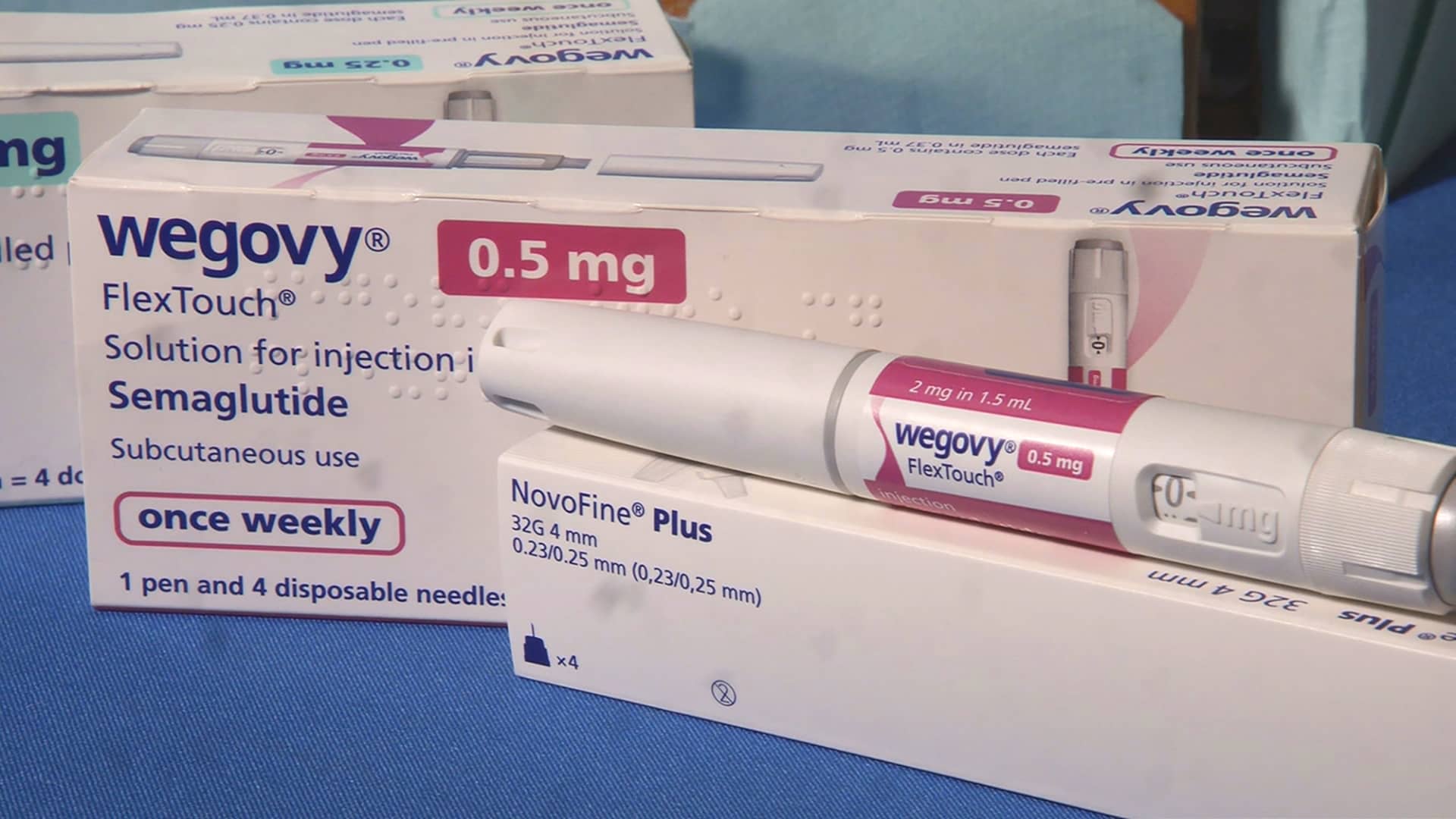The 2025 Global AIDS update published Thursday by United, the Global Corps agency that fights AIDS and HIV infection, warns that a historical financing crisis now threatens to unravel decades of profits won with force unless the countries radically rethink how they finance and deliver HIV services.
However, even in the midst of these challenges, many of the most affected countries are intensifying. Of the 60 low and medium income nations surveyed in the report, 25 have indicated plans to increase HIV national budgets in 2026, a clear sign of growing national leadership and commitment to the response.
Although promising, such efforts are not enough to replace the international financing scale in countries that depend largely on global donors.
Global emergency
Despite the marked progress in the HIV response in 2024, this year has seen many interruptions in HIV prevention programs and treatment services, due to the abrupt financing deficit in Washington and other important donor capitals.
Even before large -scale service interruptions, the data reported by 2024 showed that 9.2 million people living with HIV still had no access to treatments that save lives, which contributed to 75,000 deaths related to AIDS among children in 2024.
“This is not just a financing gap, it is a time bomb,” said Winnie Byanyima, executive director of UNAIDA, since many AIDS relief programs are diverting, which pushes people in critical care.
If HIV treatment and prevention services backed by the United States collapse completely, UNAIDA estimated that Additional six million of new HIV infections can be produced, and four million additional deaths related to AIDS between 2025 and 2029.
Call for solidarity
Despite the gloomy landscape, “there is still time to transform this crisis into an opportunity,” said Mrs. Byanyima, while countries and communities are taking a step forward to protect treatment profits.
As of December 2024, seven countries in Sub-Saharan Africa had achieved the objectives of 95-95-95: 95 percent of people living with HIV know their state, 95 percent of them are in treatment and 95 percent of those who receive treatment are virally suppressed.
While such successes must be maintained and expanded even more, the global HIV response cannot only trust internal resources.
“In a moment of crisis, the world must choose the transformation over retirement“Mrs. Byanyima said.
“Together, we can still end AIDS as a threat to public health by 2030 – If we act urgently, unity and unwavering commitment, ”he added.












